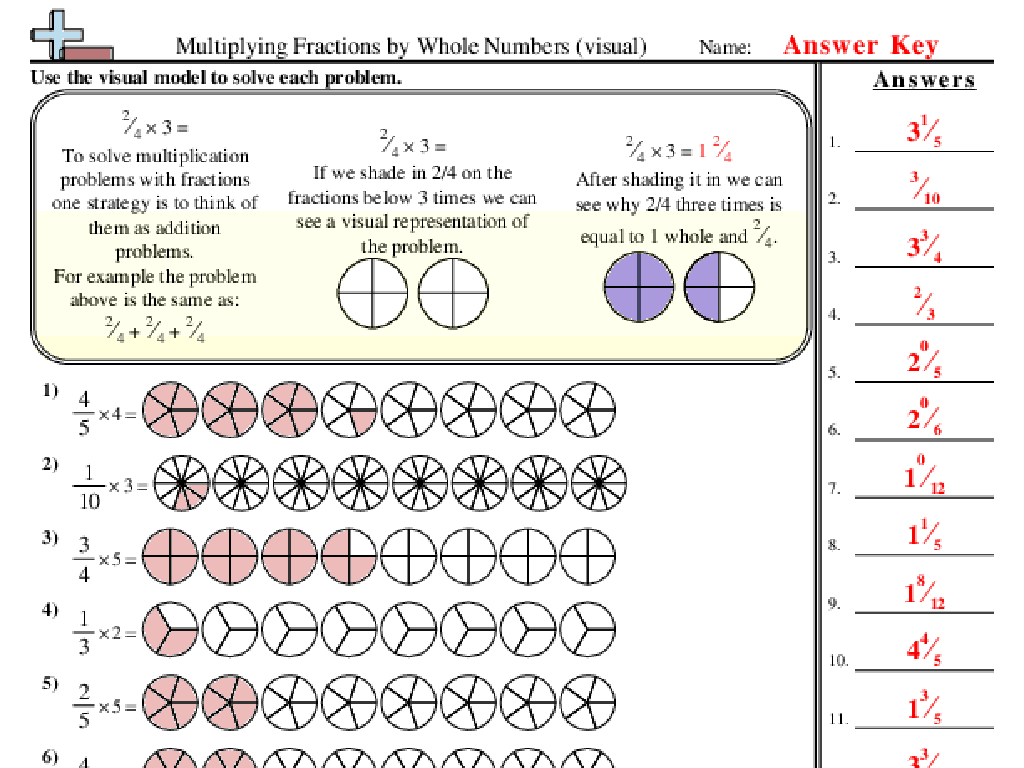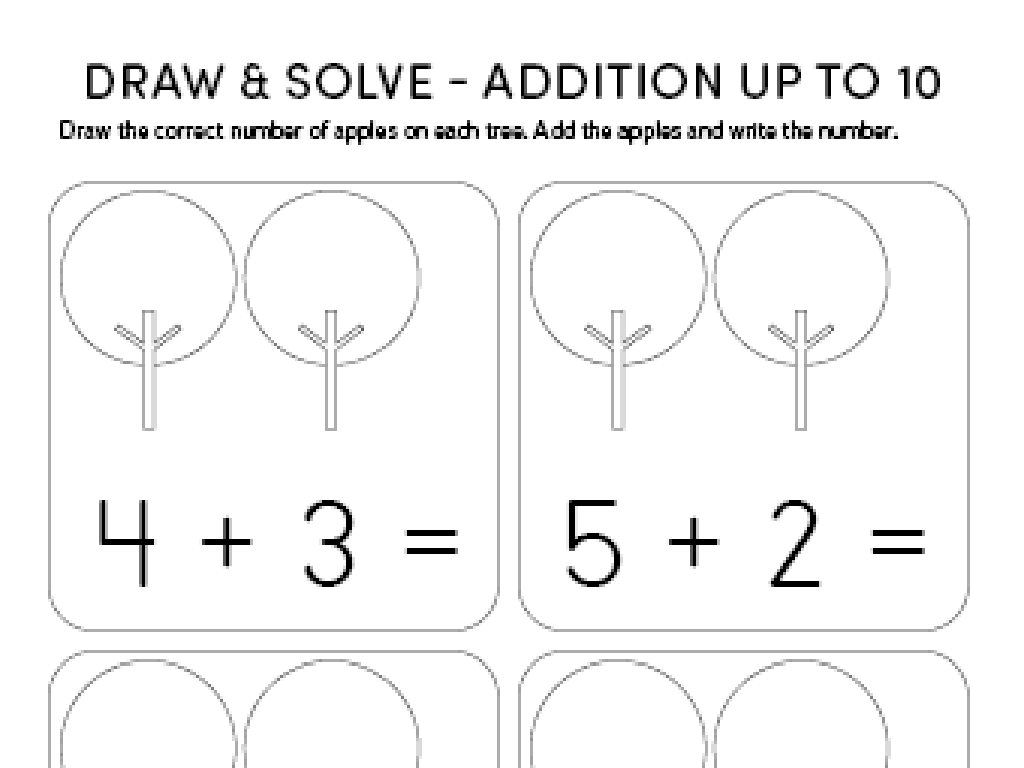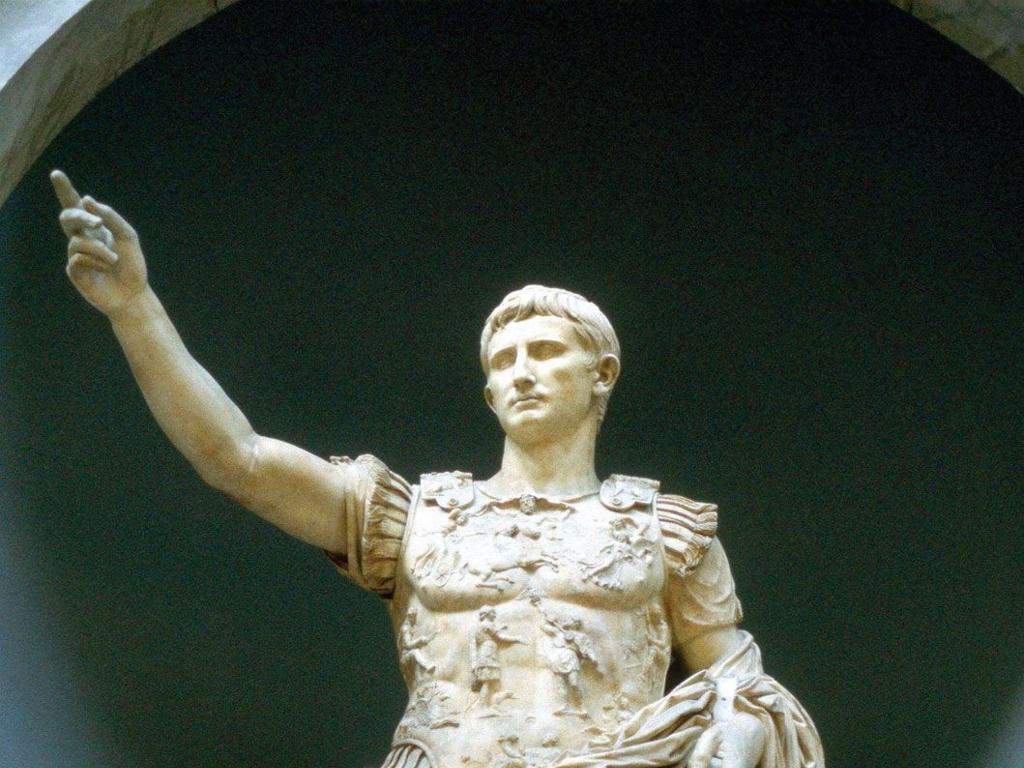Calculate Speed From Time And Distance
Subject: Science
Grade: Sixth grade
Topic: Velocity, Acceleration, And Forces
Please LOG IN to download the presentation. Access is available to registered users only.
View More Content
Calculating Speed: The Basics of Motion
– Motion and its types
– Motion is movement; includes velocity (speed with direction) and acceleration (change in velocity).
– Speed calculation formula
– Speed = Distance ÷ Time. Use units like meters per second (m/s) to express speed.
– Daily life applications of speed
– Speed helps us understand travel times, safety in cars, and even sports.
– Class activity: Measure speed
– We’ll use a simple experiment to calculate the speed of an object in the classroom.
|
This slide introduces the concept of motion and narrows down to calculating speed, a fundamental aspect of understanding motion. Begin by explaining the different types of motion, emphasizing velocity and acceleration. Introduce the formula for speed and ensure students are comfortable with the units of measurement. Discuss the relevance of speed in everyday life, such as in transportation, sports, and safety. Conclude with a hands-on activity where students measure the time it takes for an object to travel a certain distance and then calculate the speed. This practical application will help solidify their understanding of the concept.
Understanding Speed
– Speed: measure of movement
– Speed formula: Distance ÷ Time
– If a car travels 100m in 5s, speed = 100m ÷ 5s = 20m/s
– Units of speed: meters per second (m/s)
– Other units include km/h (kilometers per hour)
– Calculating speed: practical examples
– Example: If you walk 30m in 10s, your speed is 3m/s
|
Speed is a fundamental concept in physics, describing how quickly an object is moving. It is calculated by dividing the distance traveled by the time it took to travel that distance. When teaching this concept, use relatable examples such as running or driving a car to make the concept more tangible for students. Emphasize the importance of units when calculating speed, and provide various examples with different units to show how speed can be expressed. Encourage students to think of their own examples and to practice calculating speed using the formula. This will help them understand the concept of speed in a practical and engaging way.
Understanding Units of Measurement
– Common distance units: m, km, mi
– Common time units: s, min, hr
– Speed units: m/s, km/hr, mph
– Calculating speed formula
– Speed = Distance ÷ Time. Use units like m/s for results.
|
This slide introduces students to the basic units of measurement used in calculating speed. Distance is commonly measured in meters, kilometers, or miles, while time is measured in seconds, minutes, or hours. Speed, which is the distance covered over a period of time, can be expressed in various units such as meters per second (m/s), kilometers per hour (km/hr), or miles per hour (mph). It’s crucial for students to understand these units to correctly calculate speed using the formula: Speed = Distance ÷ Time. During the lesson, provide examples of different speeds in various units and ensure students practice converting between units for a comprehensive understanding.
Calculating Speed: A Practical Example
– Speed equals distance divided by time
– Example: Car travels 100 meters
– The car covers 100 meters
– Time taken: 5 seconds
– It takes 5 seconds to cover this distance
– Calculated speed: 20 m/s
– Speed is 100m divided by 5s, which equals 20 m/s
|
This slide presents a straightforward example to help students understand how to calculate speed using the formula: Speed = Distance ÷ Time. The example uses a relatable scenario of a car traveling a certain distance in a given time. It’s important to emphasize that speed is a measure of how fast an object is moving and is calculated by dividing the distance traveled by the time it takes to travel that distance. Encourage students to practice with different distances and times to become comfortable with the calculation. Also, discuss units of measure and ensure they understand that the resulting speed is expressed in meters per second (m/s) in this case.
Calculating Speed – Example 2
– Converting time units
– Change 30 minutes to 0.5 hours
– Formula for speed
– Speed is distance divided by time
– Applying the formula
– Use 2km for distance and 0.5hr for time
– Result: Walking speed
– The walking speed is 4 km/hr
|
This slide provides a clear example of calculating speed by walking a known distance in a given time. Start by converting minutes to hours to match the units for speed (km/hr). Emphasize the importance of consistent units when calculating. Then, apply the speed formula: speed equals distance divided by time. Walk students through the process step by step, ensuring they understand each part of the formula. The result shows that walking 2 kilometers in 30 minutes results in a speed of 4 kilometers per hour. Encourage students to practice with different distances and times to solidify their understanding.
Calculating Speed: Practice Problems
– Problem 1: Cyclist’s journey
– Cyclist travels 15km in 45 minutes. How fast?
– Problem 2: Train’s travel
– Train covers 240 miles in 4 hours. Its speed?
– Solving speed calculations
– Use the formula: Speed = Distance / Time
– Understanding speed formula
– Speed is how far something travels over a period of time
|
This slide presents two practice problems to help students apply the formula for calculating speed. For the first problem, guide the students to convert 45 minutes into hours before using the formula. For the second problem, the time is already given in hours, so they can apply the formula directly. Encourage students to always check the units and convert if necessary to maintain consistency. The goal is to reinforce the concept that speed is a measure of distance covered over a specific time period and to provide practice in applying this knowledge in different scenarios.
Interactive Activity: Measure Your Own Speed
– We’re going outside for a speed test
– You’ll run a set distance
– Record your time with a stopwatch
– Make sure to start and stop the watch accurately
– Calculate your speed using a formula
– Use the formula: speed = distance / time
|
This interactive class activity is designed to help students understand the concept of speed by applying it to a real-world scenario. Students will go outside to a pre-measured distance and run while being timed. They will then use the formula speed = distance / time to calculate their running speed. For the activity, prepare a flat running area and ensure safety measures are in place. Provide stopwatches or have students use a timer on a phone. Have students run in small groups to manage timing effectively. After the activity, discuss the results with the class and reinforce the formula. Possible variations of the activity could include walking the distance instead of running, timing different types of movements, or comparing speeds with different distances.
Conclusion & Homework: Speed Calculations
– Recap: Speed equals distance divided by time
– Speed’s role in daily life
– Understanding speed can help us plan travel time and understand vehicle performance.
– Homework: Calculate 3 real-life speeds
– Find examples like biking, driving, or walking. Measure the distance and time, then calculate speed.
– Be ready to discuss your examples
|
As we wrap up today’s lesson, remember that speed is calculated by dividing the distance traveled by the time it took to travel that distance. Understanding speed is crucial for everyday tasks such as planning trips, participating in sports, or even timing a task. For homework, students should find three different real-life situations where speed can be calculated. They should note the distance and time, then use the speed formula to find the speed. Encourage creativity in their choices and remind them to be prepared to discuss how they calculated their examples in the next class. This exercise will reinforce their understanding of the concept of speed and its practical applications.





